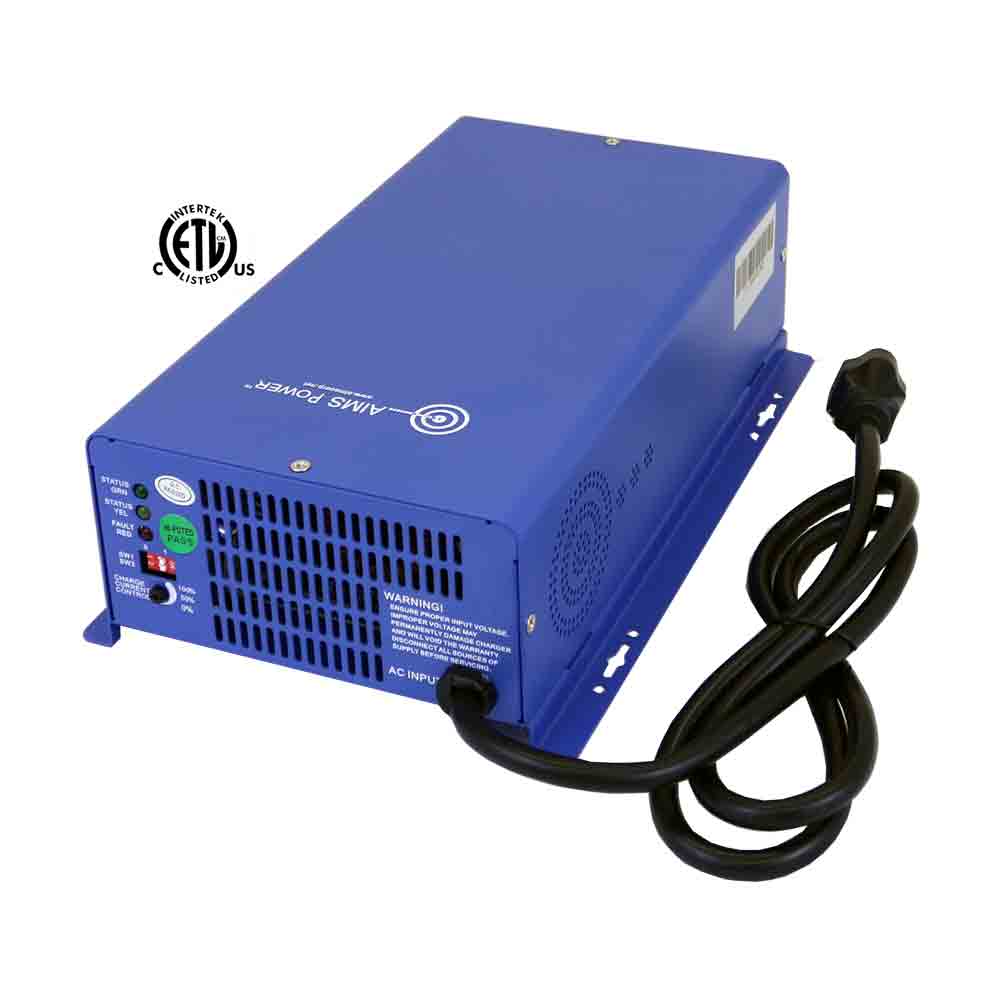Confusedbutwilling
New Member
I have a 2019 Winnebago Sunstar 29ve. My lead acid batteries are dying and I want to convert to lithium with a possibility of adding solar in the future. Basically all I know is that I have to change the batteries and the battery charger to one that won’t hurt my new batteries and can be used for solar panels in the future. I’m leaning towards the Renogy batteries. I guess I should get the highest Ah battery that will fit in the same area my old batteries are. I live in NE Pa. So I will need heated batteries. Bluetooth would also help. I understand the systems are not plug and play but I would prefer the easiest set up possible. I’m handy but electricity is definitely not my strong suit. Can anyone recommend an easy and reliable system with model numbers and/or videos that will work for my specific RV ?




